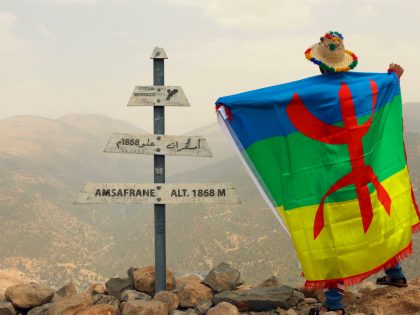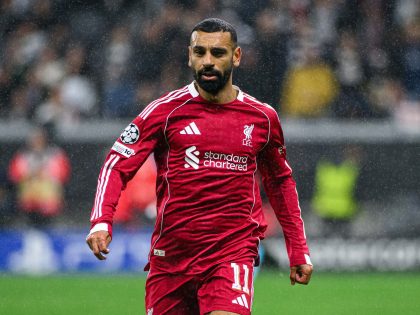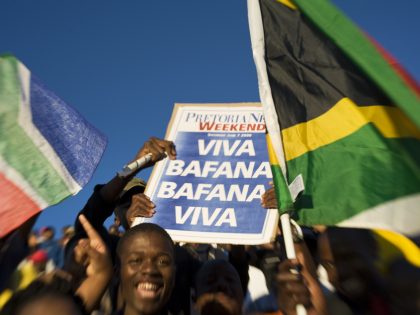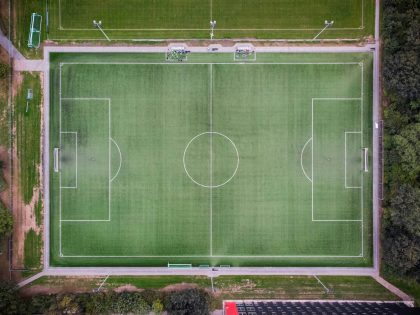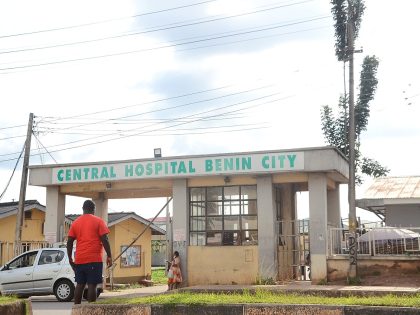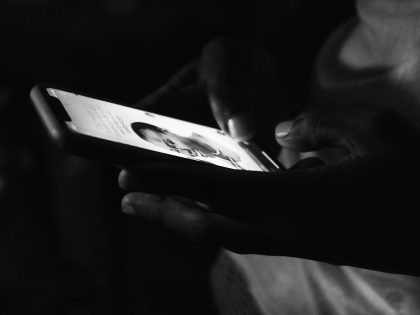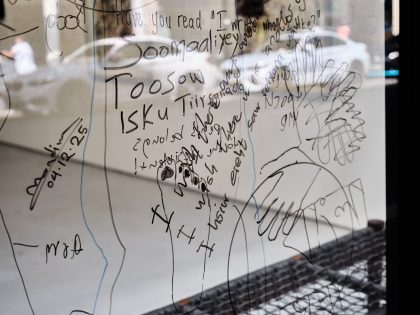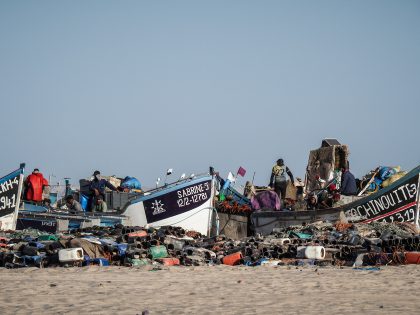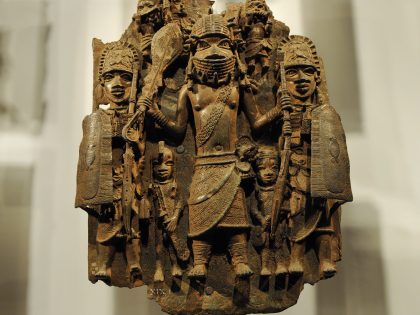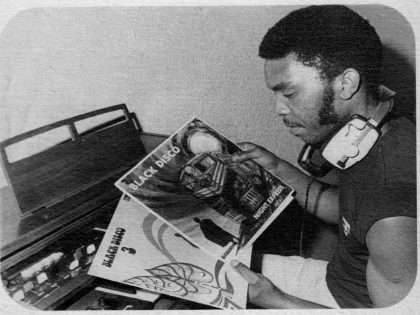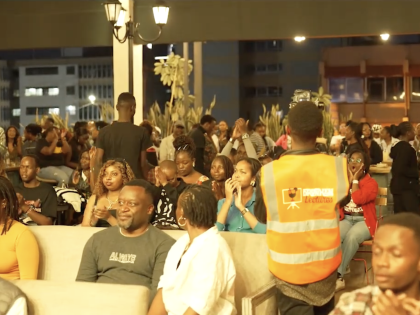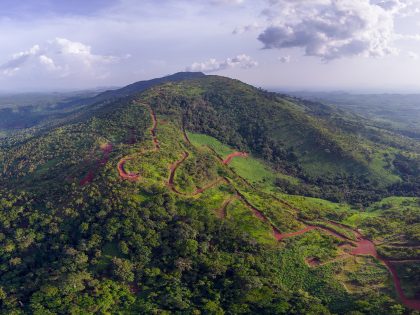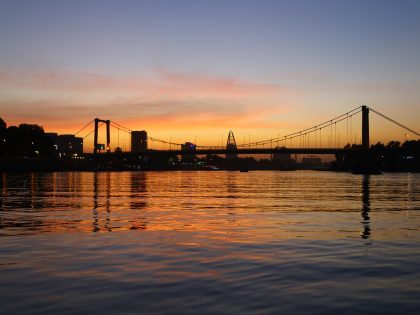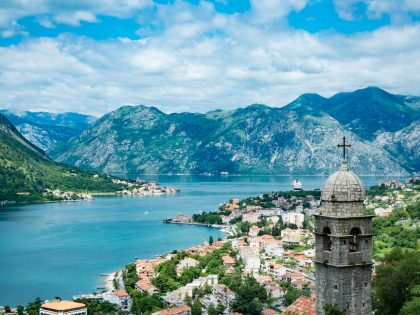French-Algerian sculptor Rachid Khimoune exhibits in New York City

Rachid Khimoune grew up in a small mining town in Northern France where his Algerian parents had settled. It was there that he saw first hand the end of industrialisation: his father lost his job at the local mine and the family moved to the suburbs of Paris. The waves of urban immigration to the cities is a phenomenon important to Rachid’s work — his word for it is ‘transhumance’, or the seasonal migration of grazing flocks, their exodus to the city, a new forms of verticality — and he is particularly attentive to its effects in the capital cities of the world.
The Algerian war broke out before the move to Paris, and Rachid remembers how his family — who “felt French, completely integrated” — were treated by the other villagers. He remembers hearing about the hundreds of Algerians driven into the Seine by the French police in 1961. He speaks of a certain look they received, and connects this to his interest in the manhole cover — called, in French, ‘un regard’. This bizarre confluence of meaning, between the intangibility of the glance and the object wrought in iron, expresses a contradiction central to Rachid’s work. He is, he says, a maker of poetic images.
His most extensive work to date is Children of the World, a project long in development which culminated with an installment at the Bercy Park, Paris in 2001. To celebrate the transition into the twenty-first century, Rachid took from twenty-one different capital cities a ‘flesh of the street’ (he retranslates it ‘peau de la rue’). Moulding objects and collecting ephemera from various streets, Rachid put together twenty-one figures of ‘children’, ambassadors of cities entering a new century.
A more recent public project involved the installation of a thousand bronze tortoises on Omaha Beach in 2011, to commemorate the landings of Allied troops [top image]. There are several tortoises, in plastic and bronze, on the floor of the Friedman & Vallois gallery in New York — and I’m reminded of the tortoise in Huysmans’s novel A Rebours (Against Nature) whose shell is encrusted with jewels. Rachid’s tortoises, however, are cast in bronze and moulded by the shape of the helmets of the soldiers who fought in the D-Day campaign.
Tortoises, Rachid says, are used in North Africa to clean the house, at the same time as warding off “bad luck and evil spirits”. The tortoise is “a symbol of wisdom” and a metaphor for the longevity of war. The works reminds me of Jacob Epstein’s Rock Drill or Picasso’s work in bronze, and Rachid talks of its relation to art of the early twentieth-century: “they said never again, but every decade there are more wars.” In Mozambique Gonçalo Mabunda has also, recently, been making tribal masks from weapons.
Rachid’s newer works, also on display, are masks and totems cast in bronze: poetic images forged in a furnace. Rachid uses discarded objects and disused parts of machines, to create new human and animal forms. Here his interest in metal-working and African art coincides with the assemblage of found objects; one mask is constituted by a large model of the Eiffel Tower stuck into the end of a trumpet. Another has a jerry-can for a face, and the golden patina and surface-working of the bronze does not dispel the idea which this image creates: of a human mouth drinking oil.
Rachid is adamant that the artist has no country, his craft enables him to access cultural traditions across the world, the metal-working in Burkina Faso, for example, or China. Walking through the gallery, the last work you encounter is the largest and most striking work, which stands in front of a large bay window, through which the sounds of Madison Avenue can be heard: a tree in wood and bronze, masks hanging on chains from its branches. This is Strange Fruit – it is, Rachid says, a tribute to Billie Holiday and the city where she lived – and here is the link between the forging of metal and the fixing stare which communicates to its object the belief that it is foreign, unwelcome.
Rachid Khimoune’s work is on display at Friedman & Vallois, 27 E 67th St and Madison Av, NYC, until 21st December.


